Black-eared Opossum
- March 19, 2024
- 0 comment
The Black-eared Opossum, scientifically known as Didelphis aurita, is a captivating marsupial native to the lush forests and woodlands of South America. With its distinctive appearance characterized by large ears and unique fur patterns, this small creature often intrigues those fortunate enough to encounter it in its natural habitat. Ranging in size from 10 to 14 inches in length, excluding their long, prehensile tails, these opossums weigh between 0.5 to 1.5 kilograms. Their fur, ranging from grayish-brown to black, adorned with striking markings around the ears, lends them their name. As omnivores, they exhibit a varied diet, including fruits, insects, small vertebrates, eggs, and carrion.
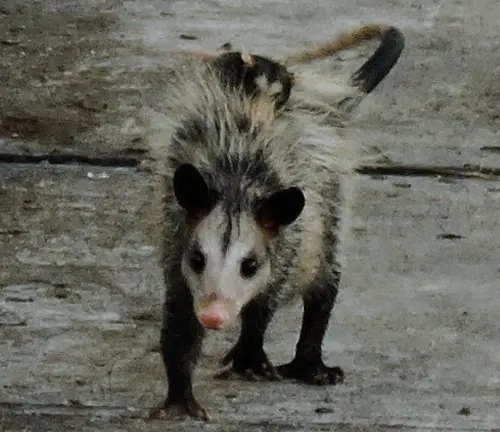
Nocturnal by nature, they navigate the darkness with their acute senses of smell and hearing, foraging for sustenance under the cover of night. Solitary in their habits, black-eared opossums occasionally interact during mating seasons or when sharing resources. Their reproductive cycle sees females giving birth to litters of up to 10 young, which complete their development inside the mother’s pouch. Agile climbers, they utilize their climbing prowess to evade predators and seek refuge in trees. While generally elusive around humans, they may occasionally become pests, leading to conflicts with farmers and homeowners. Despite facing threats such as habitat loss, these resilient creatures continue to thrive, contributing to the ecological balance of their habitats.
| Specifications | Details |
|---|---|
| Scientific Name | Didelphis aurita |
| Common Name | Black-eared Opossum |
| Habitat | Forests and woodlands of South America |
| Size | 10 to 14 inches in length (excluding tail) |
| Weight | 0.5 to 1.5 kilograms |
| Fur Color | Grayish-brown to black |
| Markings | Distinctive markings around ears |
| Diet | Omnivorous |
| Activity | Nocturnal |
| Social Structure | Solitary, occasional interactions |
| Reproduction | Give birth to litters of up to 10 young |
| Adaptations | Agile climbers, acute senses |
| Interactions with Humans | Generally elusive, occasional pest behavior |
| Conservation Status | Not endangered, but face habitat loss |
| Ecological Role | Contribute to ecosystem balance |
Nature’s Nocturnal Neighbor

If you have ever wandered through the dense forests of South America, you might have encountered a mysterious creature with large ears and a distinctive appearance known as the Black-eared Opossum. These fascinating marsupials, scientifically named Didelphis aurita, are intriguing creatures that play significant roles in their ecosystems. Let’s delve into the world of these enigmatic animals to uncover their secrets and understand their importance.
Habitat and Distribution

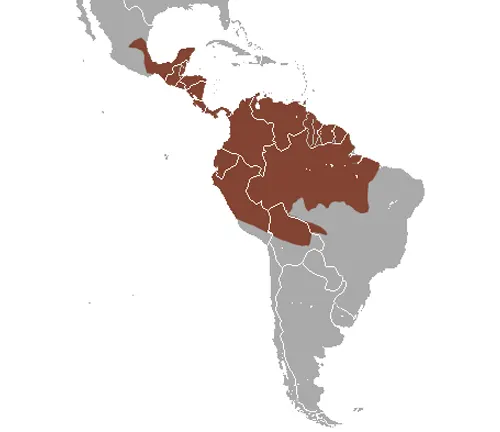
The habitat and distribution of the Black-eared Opossum are primarily centered in the lush forests and woodlands of South America. These adaptable creatures can be found across various countries in the region, including Brazil, Argentina, Paraguay, and Uruguay. Within these countries, black-eared opossums prefer habitats with ample vegetation cover, such as tropical rainforests, savannas, and scrublands. Their ability to thrive in diverse environments allows them to inhabit a wide range of ecosystems, from dense forests to more open grasslands. However, habitat loss and fragmentation due to human activities pose significant threats to their populations, highlighting the importance of conservation efforts to protect their natural habitats.
Physical Characteristics
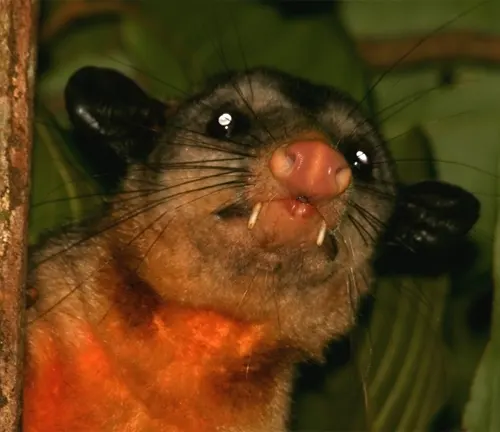
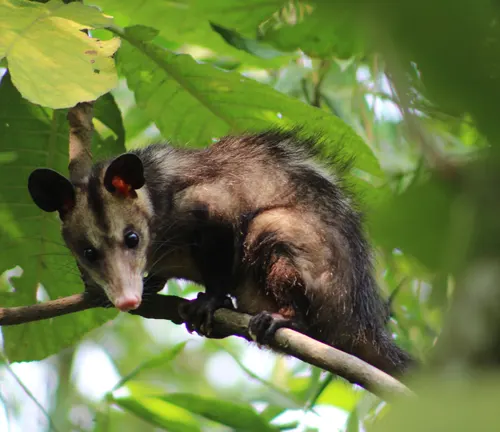
The Black-eared Opossum possesses distinct physical characteristics that set it apart from other species. Typically measuring between 10 to 14 inches in length, excluding their long, prehensile tails, these marsupials are relatively small in size. They weigh approximately 0.5 to 1.5 kilograms. One of the most notable features of the black-eared opossum is its fur, which varies in coloration from grayish-brown to black. Additionally, they have distinct markings around their ears, which contribute to their name. Their ears are relatively large compared to their body size, providing them with excellent hearing capabilities. With their sleek bodies and agile movements, black-eared opossums are well-suited for navigating their forested habitats. Overall, their physical characteristics enable them to thrive in the diverse environments they inhabit throughout South America.
Diet and Feeding Habits
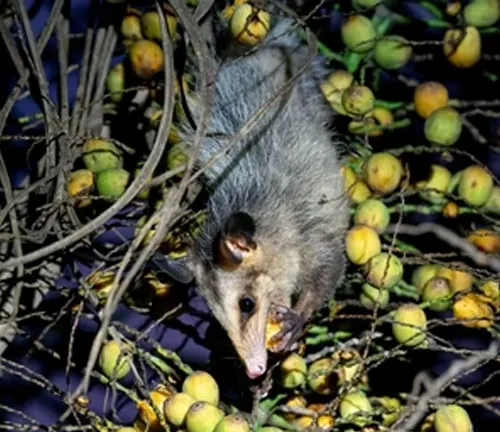
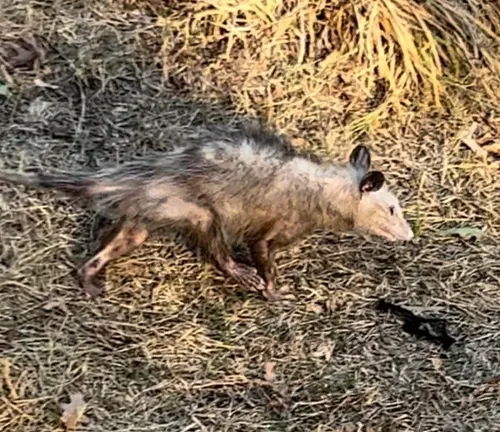
The Black-eared Opossum is an omnivorous creature with a diverse diet that allows it to adapt to various food sources in its environment. These opportunistic feeders consume a wide range of foods, including fruits, insects, small vertebrates, eggs, and carrion. Their diet reflects their ability to forage for whatever food is available, making them versatile hunters and scavengers. Black-eared opossums employ various feeding strategies depending on the availability of resources and their nutritional needs. They use their keen sense of smell to locate food sources and may rely on their climbing abilities to access fruits and insects in trees. Additionally, they are known to scavenge for carrion and raid nests for eggs when other food sources are scarce. Overall, their flexible diet and feeding habits contribute to their survival in diverse ecosystems throughout South America.
Behavior and Social Structure

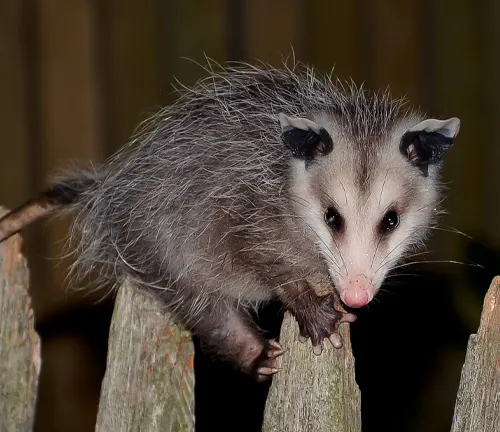
The Black-eared Opossum exhibits intriguing behavior and a unique social structure that contribute to its survival in its natural habitat. As nocturnal creatures, these opossums are most active during the night, utilizing their keen senses of smell and hearing to navigate and forage for food in the darkness. They are solitary animals, typically preferring to live and forage alone, although they may interact with other opossums during mating season or when sharing resources such as food and shelter. Despite their solitary nature, black-eared opossums may occasionally engage in social behaviors, such as grooming or vocalizations, to communicate with conspecifics. However, these interactions are relatively limited compared to other more social species. Overall, their behavior and social structure reflect their adaptability to their nocturnal lifestyle and their ability to thrive as solitary hunters and foragers in their forested habitats.
Reproduction and Life Cycle
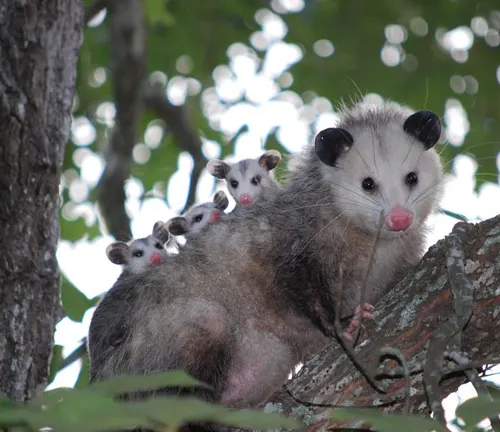

The reproduction and life cycle of the Black-eared Opossum are fascinating aspects of their biology. Mating typically occurs during the wet season, with females giving birth to litters of young after a gestation period of around 12 to 14 days. One remarkable aspect of their reproductive biology is that females have a unique pouch where they carry and nurse their offspring. The joeys, as the young opossums are called, are born in an embryonic state and complete their development inside the mother’s pouch. This pouch provides protection and nourishment to the developing young until they are ready to venture out on their own. Once the joeys are fully developed, they gradually start to explore their surroundings under the guidance of their mother. As they grow, they become increasingly independent, eventually leaving the mother’s care to establish their own territories and reproduce. The life cycle of the Black-eared Opossum exemplifies the remarkable adaptations that enable them to thrive and reproduce in their forested habitats.
Adaptations for Survival
The Black-eared Opossum possesses several remarkable adaptations that contribute to its survival in the wild. One key adaptation is its agile climbing abilities, allowing it to navigate through the dense vegetation of its forested habitats with ease. These opossums use their prehensile tails and sharp claws to grasp onto branches and move swiftly through the trees, providing them with both escape routes and access to food sources such as fruits and insects.
Another important adaptation is their keen senses, particularly their acute sense of smell and hearing. These senses help black-eared opossums detect predators and locate food sources in their nocturnal environment. Their sensitive noses allow them to sniff out potential prey or carrion, while their sharp hearing enables them to detect the slightest rustle of leaves or movement in the darkness.
Additionally, black-eared opossums have a remarkable ability to “play possum” when threatened by predators. When faced with danger, they may feign death by becoming limp and unresponsive, fooling predators into thinking they are no longer a threat. This behavior, known as thanatosis, can confuse and deter predators, giving the opossum a chance to escape unharmed.
Interactions with Humans
Interactions between Black-eared Opossums and humans are relatively limited due to the nocturnal and often elusive nature of these creatures. However, there are occasional encounters and instances of interaction between the two species, particularly in areas where human development encroaches upon the opossums’ natural habitat.
In some cases, black-eared opossums may be perceived as pests when they raid crops or rummage through garbage bins in search of food. This behavior can lead to conflicts with farmers and homeowners, who may view them as nuisances and take measures to deter or remove them from their properties.
Despite their occasional presence in human-dominated landscapes, black-eared opossums generally prefer to avoid direct contact with humans and will typically retreat or hide when encountered. They pose little threat to humans and are not known to be aggressive unless provoked or threatened.
Conservation Status
The conservation status of the Black-eared Opossum varies depending on factors such as habitat loss, human encroachment, and localized threats. Overall, black-eared opossums are not considered endangered species, but they may face challenges in certain regions where their habitats are being degraded or fragmented.
Habitat loss due to deforestation, urbanization, and agricultural expansion poses one of the greatest threats to black-eared opossum populations. As their forested habitats are cleared for human development or agriculture, these animals may lose crucial resources such as food and shelter, leading to declines in their populations.
Additionally, human-wildlife conflicts can impact black-eared opossums, especially when they are perceived as pests and subjected to persecution or removal efforts. Accidental deaths due to vehicle collisions on roads that intersect their habitats are also a concern.
Conservation efforts aimed at protecting the remaining habitats of black-eared opossums are crucial for ensuring their long-term survival. This may include establishing protected areas, implementing habitat restoration projects, and promoting sustainable land-use practices that minimize impacts on wildlife.
Fascinating Facts about Black-eared Opossums
- Despite their small size, black-eared opossums are skilled climbers and can navigate through dense vegetation with ease.
- They have a unique adaptation known as neophobia, which is a fear of new objects or environments, helping them avoid potential dangers.
- Black-eared opossums are known to exhibit a behavior called “playing possum,” where they feign death as a defense mechanism when threatened.
Importance in Ecosystem
The Black-eared Opossum plays a significant role in its ecosystem, contributing to the balance and functioning of its natural habitat. As omnivores, they help regulate populations of insects, small vertebrates, and other prey species, thereby influencing the structure of food webs. Their foraging behavior also facilitates seed dispersal, aiding in the regeneration of plant communities. Additionally, black-eared opossums may serve as prey for larger predators, helping to sustain predator populations and maintain ecosystem stability. Overall, their presence contributes to the overall health and biodiversity of their habitats.
Research and Study
Black-eared Opossums are subjects of scientific research and study, providing valuable insights into various aspects of their biology, behavior, and ecology. Researchers study their reproductive biology, feeding habits, social interactions, and responses to environmental changes to better understand their role in ecosystems. Additionally, black-eared opossums serve as model organisms in biomedical research, offering insights into mammalian physiology, immunology, and disease. Studies on black-eared opossums contribute to conservation efforts and inform management strategies aimed at protecting their populations and habitats.
Myths and Misconceptions
Despite their ecological importance, black-eared opossums are often subject to myths and misconceptions. One common misconception is that they are aggressive or dangerous animals. In reality, black-eared opossums are typically shy and avoid confrontations with humans. Another myth is that they carry diseases and pose a significant risk to human health. While black-eared opossums can carry certain diseases, transmission to humans is rare and can be minimized through proper hygiene practices. Additionally, some people may believe that opossums are pests that should be eradicated. However, these animals play vital roles in ecosystems and should be treated with respect and conservation efforts aimed at protecting them.
Different Species
Virginia Opossum
(Didelphis virginiana)
Found primarily in North America, the Virginia Opossum is perhaps the most well-known species of opossum. It has a grayish-white fur and a long, hairless tail. Virginia opossums are adaptable and can thrive in various habitats, including forests, swamps, and urban areas.
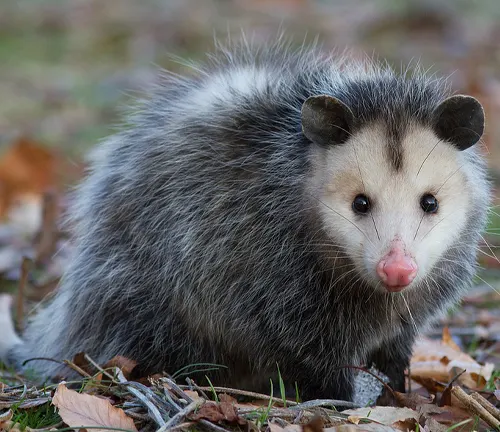

White-eared Opossum
(Didelphis albiventris)
Native to South America, the White-eared Opossum is similar in appearance to the Black-eared Opossum but has distinct white markings around its ears. It inhabits a range of habitats, from tropical rainforests to grasslands, and is known for its omnivorous diet.
Big-eared Opossum
(Didelphis auricularia)
This species, also known as the Long-eared Opossum, is found in parts of South America, including Brazil and Bolivia. It has large, rounded ears and a slender body. Big-eared opossums are nocturnal and primarily arboreal, spending much of their time in trees.

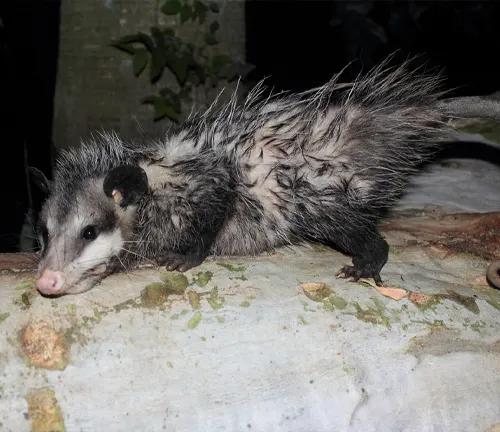
Mexican Opossum
(Didelphis mexicana)
Endemic to Mexico and parts of Central America, the Mexican Opossum is characterized by its reddish-brown fur and long, bushy tail. It inhabits a variety of habitats, from dry scrublands to tropical forests, and is known for its ability to adapt to diverse environments.
Frequently Asked Questions (FAQs)
- Are black-eared opossums dangerous?
Black-eared opossums are generally not considered dangerous to humans. They are shy and avoid confrontations, preferring to flee rather than attack. - Do black-eared opossums make good pets?
No, black-eared opossums are wild animals and are not suitable as pets. Keeping them as pets is often illegal and can be harmful to both the animal and the owner. - What do black-eared opossums eat?
Black-eared opossums are omnivores and have a varied diet. They consume fruits, insects, small vertebrates, eggs, and carrion. - Where do black-eared opossums live?
Black-eared opossums are native to South America and inhabit forests and woodlands in countries such as Brazil, Argentina, Paraguay, and Uruguay. - Are black-eared opossums nocturnal?
Yes, black-eared opossums are nocturnal animals, meaning they are most active during the night. They use their keen senses of smell and hearing to forage for food under the cover of darkness. - Do black-eared opossums carry diseases?
While black-eared opossums can carry certain diseases, transmission to humans is rare. However, it is always advisable to avoid direct contact with wild animals. - How long do black-eared opossums live?
The lifespan of black-eared opossums in the wild is typically around 2 to 4 years. However, they may live longer in captivity under optimal conditions. - Are black-eared opossums endangered?
Black-eared opossums are not considered endangered species. However, habitat loss and fragmentation pose threats to their populations in certain regions. - Can black-eared opossums swim?
While black-eared opossums are not strong swimmers, they can paddle in water if necessary. However, they typically avoid water and prefer to stay on land. - How do black-eared opossums defend themselves?
Black-eared opossums have several defense mechanisms, including fleeing, climbing trees, and “playing possum,” where they feign death to deter predators. - Do black-eared opossums have predators?
Yes, black-eared opossums have natural predators, including owls, snakes, foxes, and larger mammals. They rely on their agility and camouflage to evade predators.


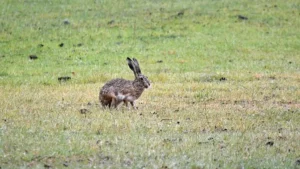

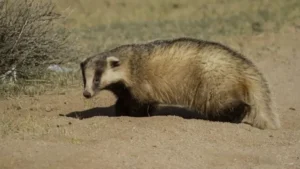
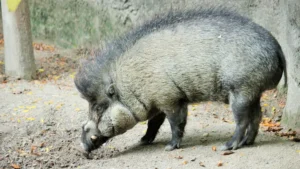
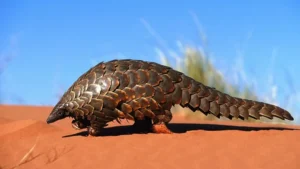
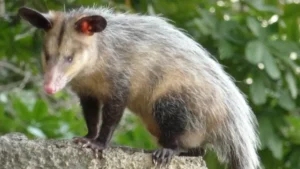

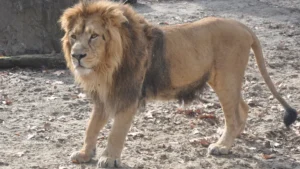

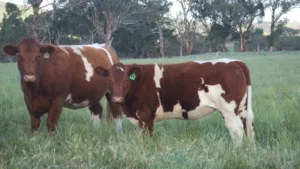
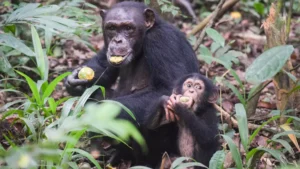
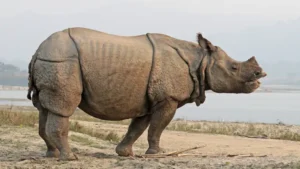
Leave your comment